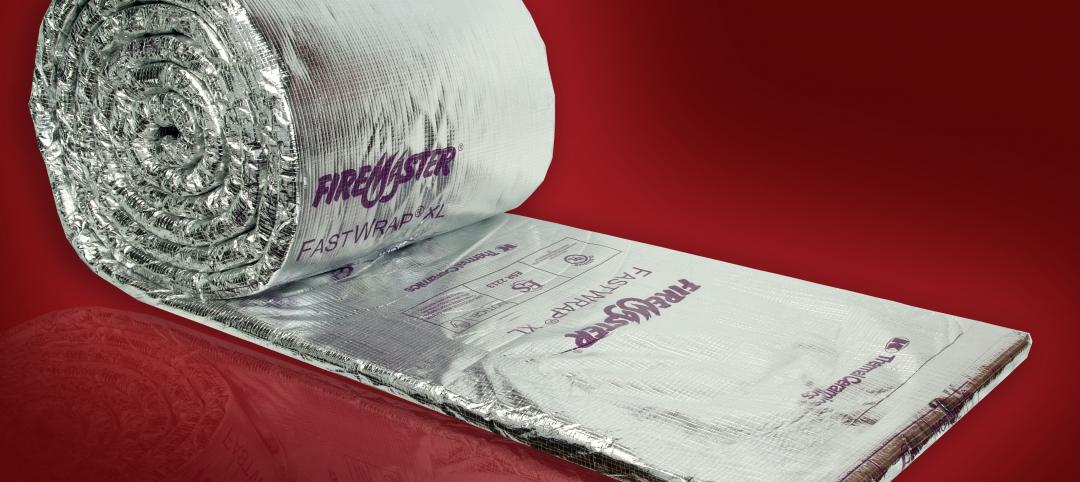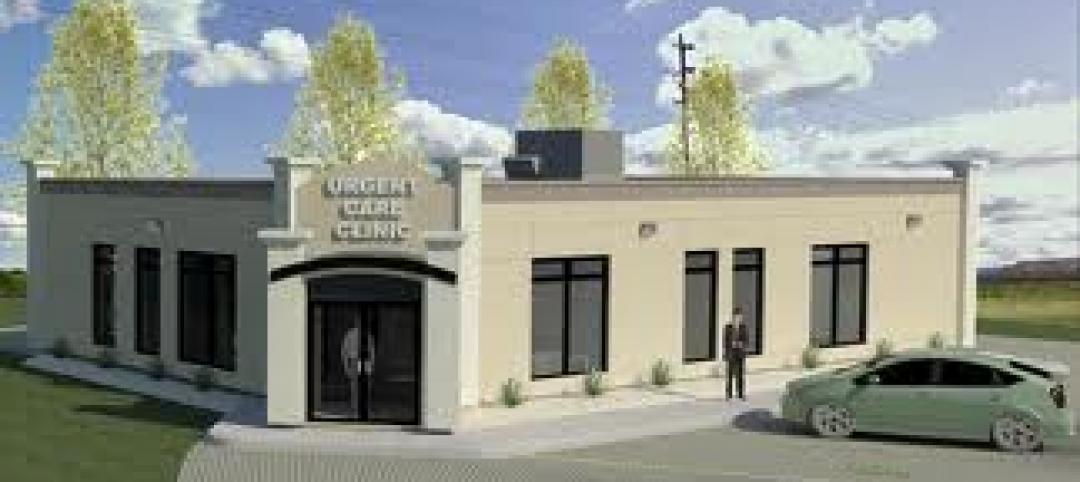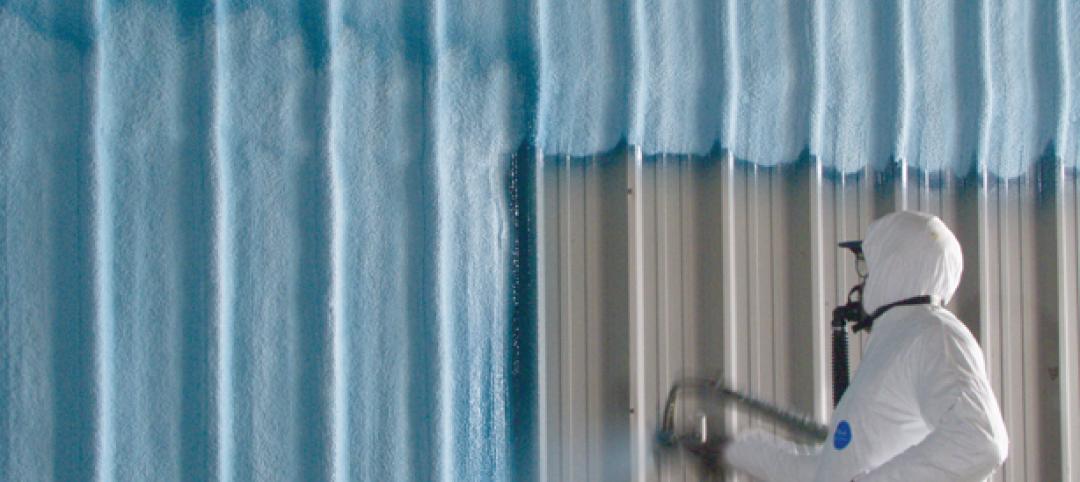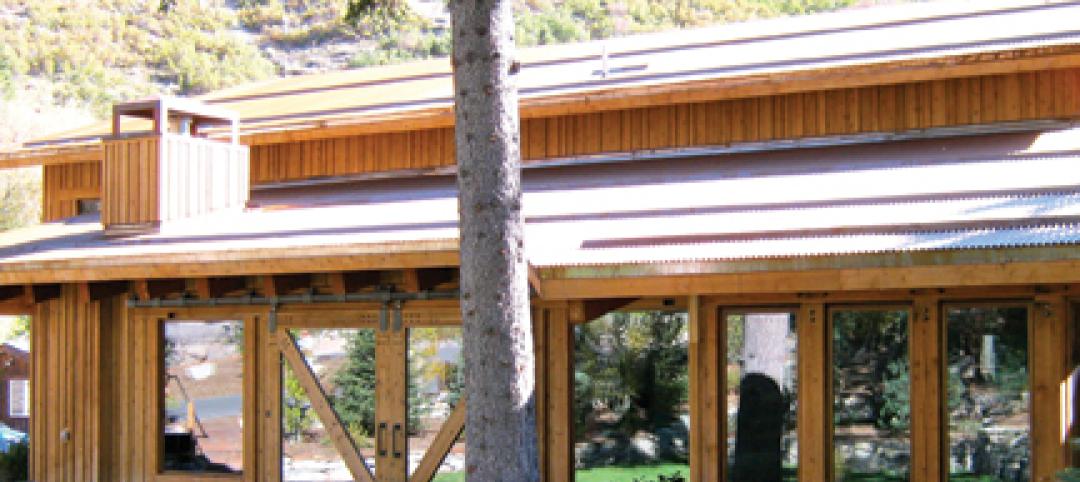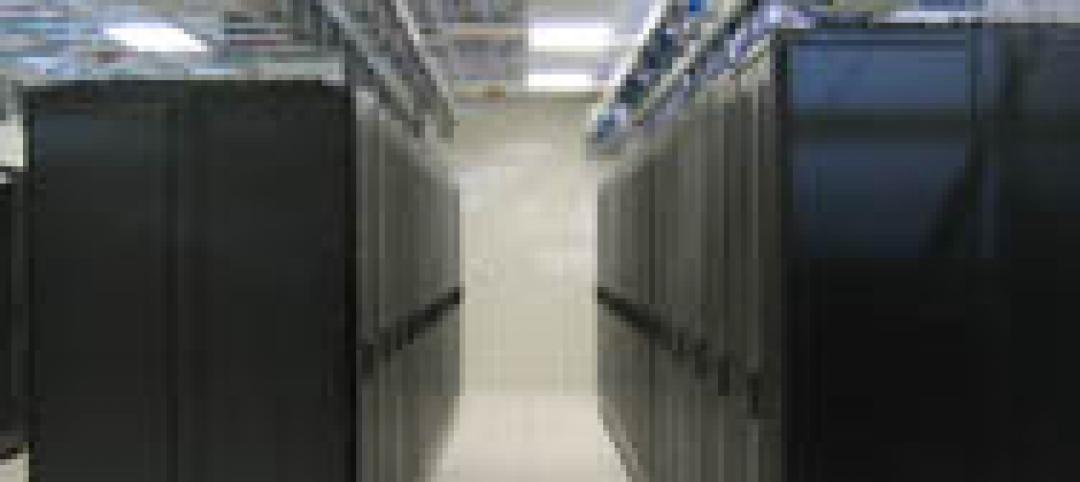Liberty University’s $500 million campus rebuilding project is designed to provide current and prospective students with an array of living, learning and experiential opportunities and facilities that enhance the overall student experience. Ensuring that student residences were maximizing energy efficiency with comfortable living spaces and contributing to how the university manages energy consumption, the recent completion of a nine story student residence hall, the first of six, was wrapped in a high-performance medium-density spray foam insulation product from Icynene. The decision to wrap the new residence halls in high performance spray foam insulation follows the university’s energy conscious approach where energy efficiency planning begins from the design and development phase.
In the lead up to developing the new residence halls, the university took the opportunity to listen and respond to students. With more than 13,200 resident students expected in the 2014-2015 academic year, the sense of community was equally as important as the individual. The university sought to establish community spaces where students could interact, engage and study with their friends and peers. Furthermore, the university’s stance toward responsible stewardship also meant a proactive approach to energy efficiency and sustainable materials was important.
The project included replacing the original 16 Champion Circle residence halls built on the same site in the 1970s; the first of the new student residences – Residential Commons I – was on schedule to be operational in time for the start of the 2014-2015 academic year. Residential Commons I was designed to house 1200 students in a two bed-one bathroom per room configuration, enough to replace all of the original residence halls. 
With the tight construction schedule, a daily crew of 60 to 100 contractors worked to erect the steel framing, wall panels, floor slab and insulate the building to complete the project on time. High-performance spray foam insulation was specified to achieve optimal thermal comfort while help better manage energy use. Licensed Icynene contractor, AC&R Insulation of Elkridge Maryland, was recruited to insulate and air seal the residence hall in a continuous insulation application whereby Icynene MD-C-200 closed cell spray foam was applied to the exterior walls.
Closed cell spray foam insulation, like that from Icynene, provides a high-performance all-in-one continuous insulation and air barrier solution for the outer surface of sheathing on a framed wall. Furthermore, the material smoothly and completely covers all areas that could otherwise provide energy draining thermal bridges. The end result is a total high-performance wall assembly solution that can enhance and work with virtually any architectural design approach. Icynene MD-C-200, along with Icynene ProSeal, has been evaluated by the Air Barrier Association of America (ABAA) to contribute to reducing building enclosure moisture problems, improving indoor air quality and reducing building heating and cooling costs, ideal in high occupancy buildings such as the new residence halls at Liberty University.
Spray foam contractor, AC&R Insulation wrapped the entire building with Icynene MD-C-200 in under two months to keep to the university’s tight construction schedule.
The nine-story tower was completed in time for the new academic year and features a community space on every floor of the building allows students to congregate and interact with their peers and friends. Construction of the additional residence halls continues with the university expecting to see a 2016 completion date.
Sources:
- http://www.liberty.edu/libertyjournal/index.cfm?PID=24995&MID=160324
- http://www.prweb.com/releases/2014/07/prweb12039512.htm
- http://www.liberty.edu/news/index.cfm?PID=18495&MID=122778
Contact Information:
Icynene
Ph: 1-800-758-7325
Fax: 905-363-0102
Email: architect@icynene.com
www.icynene.com
Related Stories
| Feb 2, 2012
Call for Entries: 2012 Building Team Awards. Deadline March 2, 2012
Winning projects will be featured in the May issue of BD+C.
| Nov 29, 2011
First EPD awarded to exterior roof and wall products manufacturer
EPD is a standardized, internationally recognized tool for providing information on a product’s environmental impact.
| Oct 19, 2011
System for installing grease duct enclosures achieves UL listing
Updated installation results in 33% space savings.
| Oct 6, 2011
GREENBUILD 2011: Dow Corning features new silicone weather barrier sealant
Modular Design Architecture >Dow Corning 758 sealant used in GreenZone modular high-performance medical facility.
| Apr 12, 2011
Spray Foam Applications on the Rise
New uses for spray polyurethane foam enable Building Teams to achieve greater longevity and sustainability in their projects.
| Feb 11, 2011
Four Products That Stand Up to Hurricanes
What do a panelized wall system, a newly developed roof hatch, spray polyurethane foam, and a custom-made curtain wall have in common? They’ve been extensively researched and tested for their ability to take abuse from the likes of Hurricane Katrina.
| Feb 9, 2011
Kingspan Insulated Panels Announces Path to NetZero Mobile App
Kingspan Insulated Panels North America, a global manufacturer of insulated metal panels, announces the availability of its new Path to NetZero mobile app. Introduced at Greenbuild 2010, this unique tool for the building industry simulates the process of achieving high-performance and net-zero buildings.
| Dec 17, 2010
5 Tips on Building with SIPs
Structural insulated panels are gaining the attention of Building Teams interested in achieving high-performance building envelopes in commercial, industrial, and institutional projects.
| Oct 13, 2010
Prefab Trailblazer
The $137 million, 12-story, 500,000-sf Miami Valley Hospital cardiac center, Dayton, Ohio, is the first major hospital project in the U.S. to have made extensive use of prefabricated components in its design and construction.
| Sep 13, 2010
Data Centers Keeping Energy, Security in Check
Power consumption for data centers doubled from 2000 and 2006, and it is anticipated to double again by 2011, making these mission-critical facilities the nation's largest commercial user of electric power. With major technology companies investing heavily in new data centers, it's no wonder Building Teams see these mission-critical facilities as a golden opportunity, and why they are working hard to keep energy costs at data centers in check.




